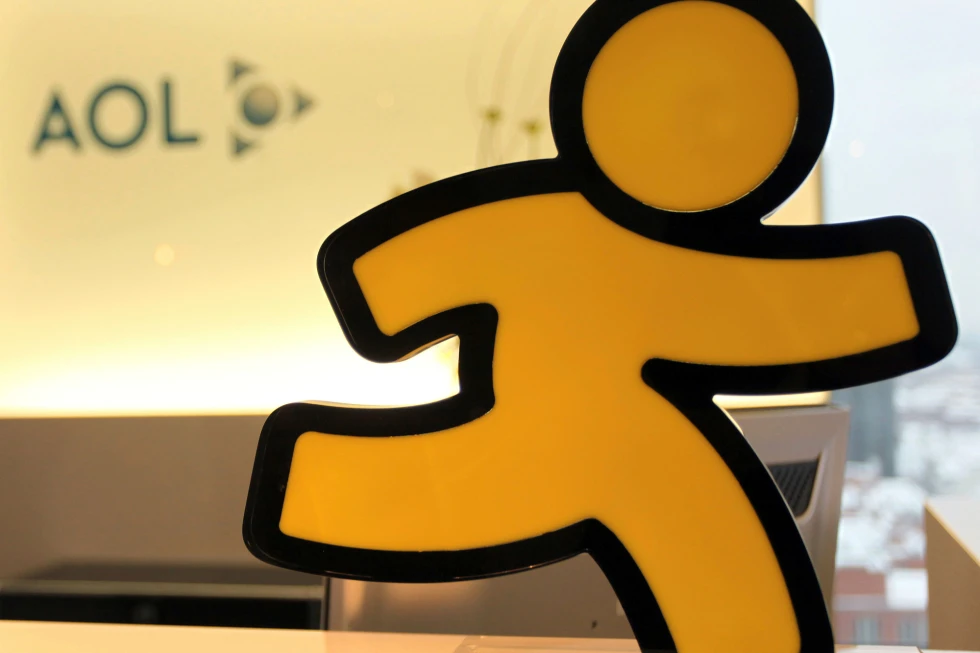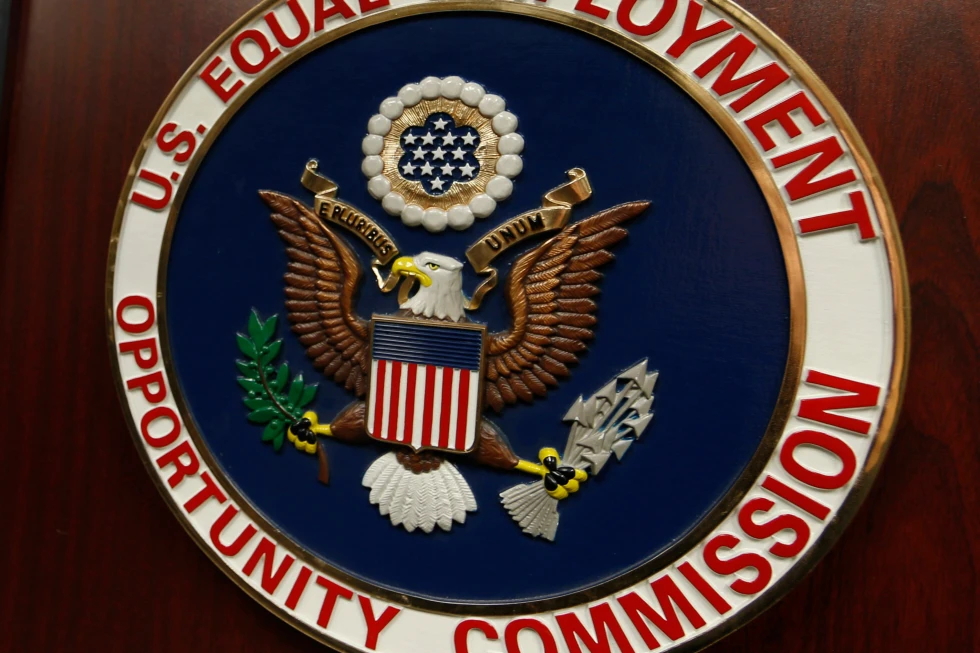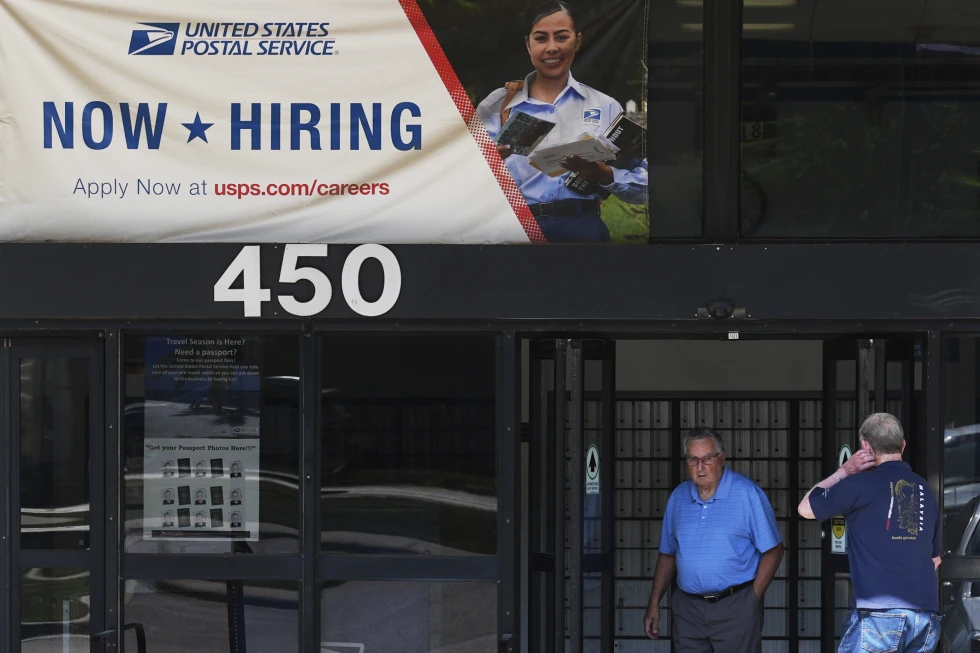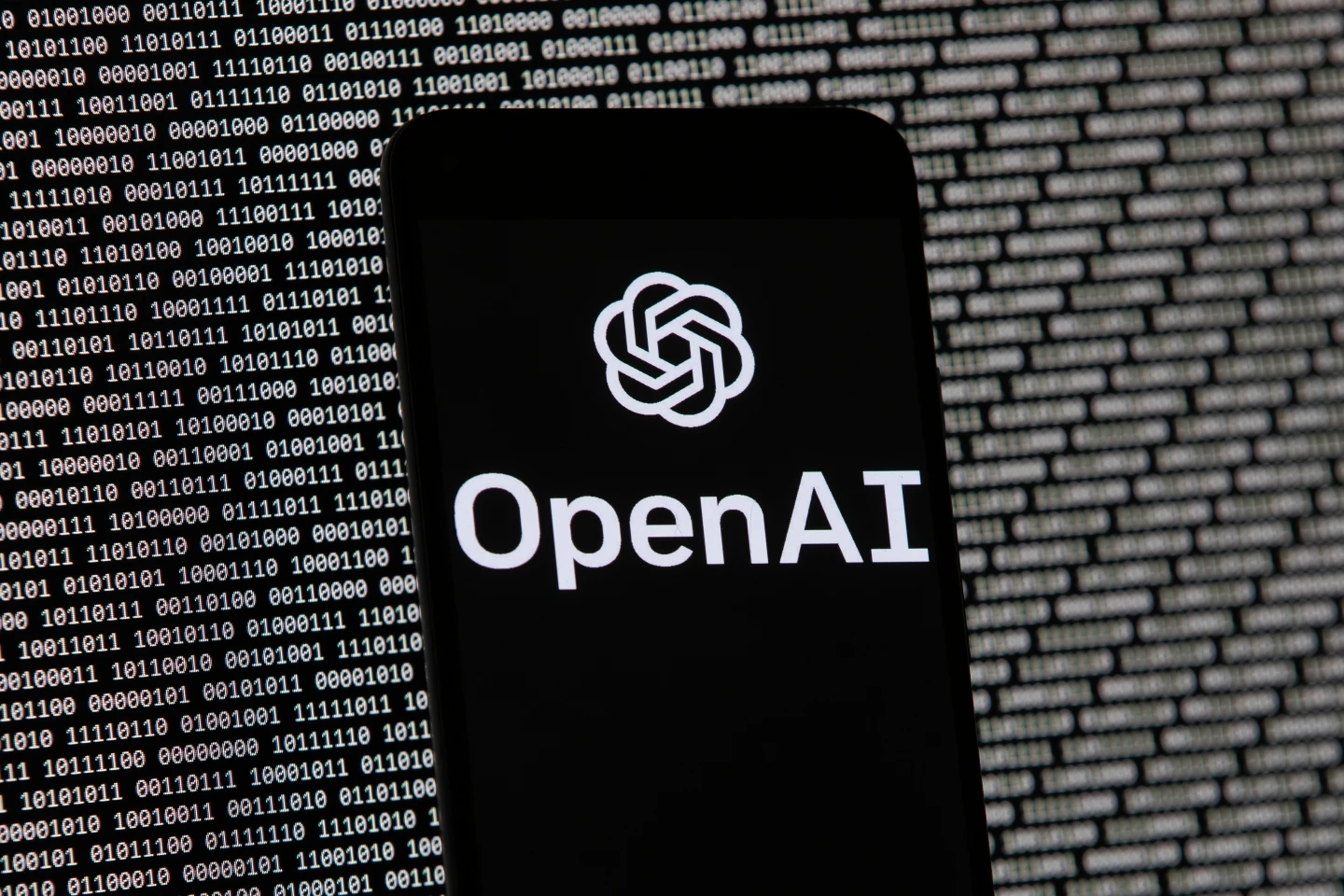AOL officially shuts down dial-up internet
i It’s official: AOL has permanently discontinued its dial-up internet service, ending one of the most nostalgic chapters in the history of online connectivity. The company confirmed last month that as of September 30, it would stop offering dial-up and other software optimized for outdated operating systems. This announcement was made quietly through its support site, noting that the decision came after routine evaluations of its service portfolio.
As of October, dial-up service is no longer advertised on AOL’s website. Help pages such as “connect to the internet with AOL Dialer” have disappeared, leaving only remnants of what was once the gateway for millions of homes to access the World Wide Web. The shutdown has prompted a wave of nostalgia across social media, where users shared their memories of the era defined by dial-up tones, busy phone lines, and AOL trial CDs.
For many Americans, AOL wasn’t just an internet provider — it was their first introduction to the digital world. Its shutdown marks the end of a service that shaped online culture in the 1990s and early 2000s, even as the modern internet has long moved on to faster, more reliable broadband and wireless connections.
The rise and fall of AOL dial-up
AOL, formerly America Online, launched its dial-up service decades ago and quickly became a household name. At its peak, the company was synonymous with going online, thanks to its iconic “You’ve got mail” greeting and a marketing strategy that included mailing millions of free trial CDs to homes across the United States. By the late 1990s, AOL had more than 20 million subscribers and was the largest internet service provider in the country.
However, the same quirks that made dial-up unique — the buzzing connection tones, slow loading speeds, and interruptions when someone picked up the landline — eventually became its downfall. Broadband connections arrived in the early 2000s, offering faster and more seamless internet access, and AOL began to lose its dominance. By the time Verizon acquired AOL in 2015, its dial-up user base had dwindled to around 2.1 million, a fraction of its glory days.
Despite this decline, a loyal handful of subscribers remained connected via telephone lines. U.S. Census Bureau data shows that as late as 2023, more than 163,000 households were still relying on dial-up connections — a testament to how embedded AOL had once been in American internet culture.
AOL’s place in internet history
Dial-up wasn’t just a technology; it was a cultural phenomenon. AOL provided the bridge between offline and online worlds, making the internet accessible to everyday households in an era when most people had never logged on before. Its Instant Messenger (AIM), launched in 1997, became a defining communication tool for a generation, revolutionizing how people connected in real-time.
The company’s peak came during the dot-com boom when AOL’s market value skyrocketed to nearly $164 billion in 2000. Its merger with Time Warner was one of the most talked-about business deals of the era, although it eventually became infamous as one of the worst mergers in corporate history. Still, AOL’s role in shaping the internet cannot be overstated — it turned what was once a niche network into a mainstream necessity.
From the “You’ve got mail” catchphrase immortalized in the 1998 Tom Hanks and Meg Ryan film to the frustration of being kicked offline when someone needed the phone, AOL dial-up was more than a service — it was part of daily life. Its shutdown signals not just the end of a product, but the close of an entire chapter of digital history.
The long decline and modern-day AOL
After its heyday, AOL struggled to reinvent itself as the internet landscape evolved. Broadband, wireless internet, and mobile data quickly eclipsed dial-up, and competitors like Comcast, AT&T, and later tech giants like Google left AOL behind. Its Instant Messenger service was discontinued in 2017, Internet Explorer shut down in 2022, and even Skype was retired earlier this year, showing a broader trend of internet relics fading away.
Today, AOL no longer exists as the powerhouse it once was. Following acquisitions by Verizon and later a private equity firm, it now operates under the Yahoo brand. While AOL dial-up has ended, the company still maintains free email accounts and offers subscription services for identity protection and tech support. However, these services are a far cry from its former dominance in shaping how people accessed the internet.
The shutdown of AOL’s dial-up service underscores how far technology has come in just three decades. From the screeching tones of a 56k modem to the instant speeds of fiber-optic internet, the journey reflects both progress and nostalgia. While AOL may live on in name, its dial-up era has now been permanently closed, remembered fondly by those who experienced the early days of logging online.

















